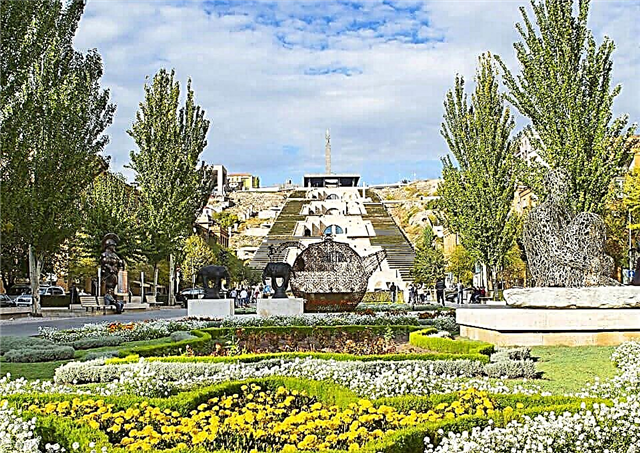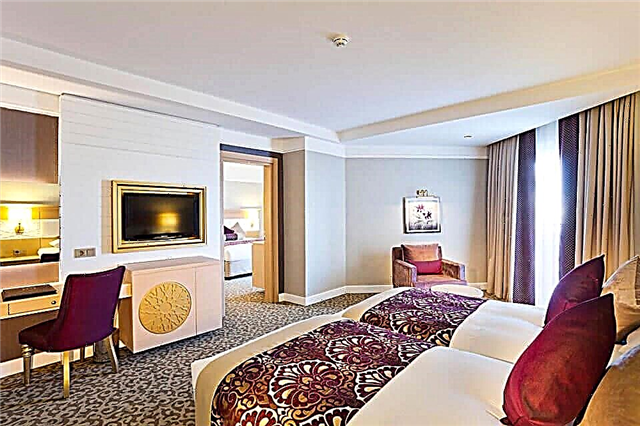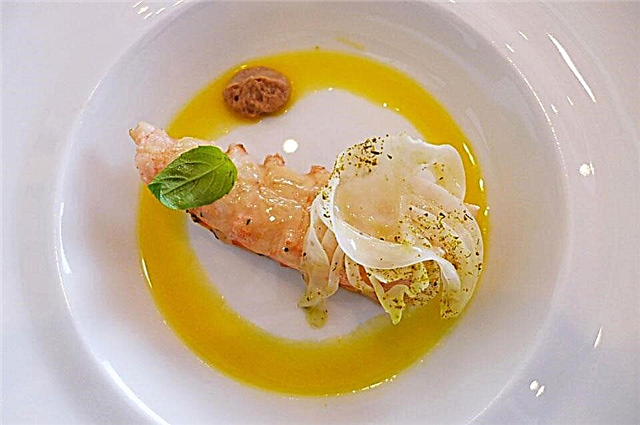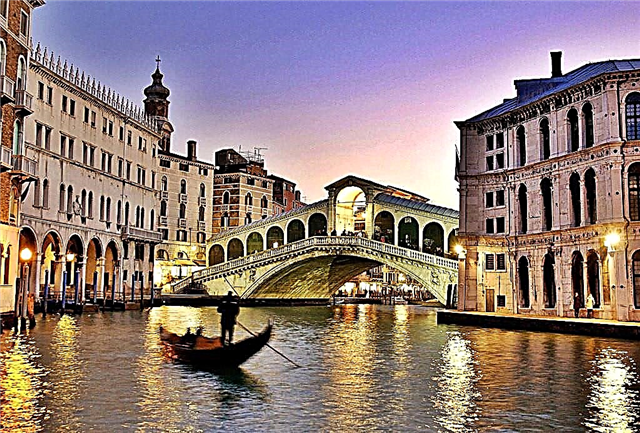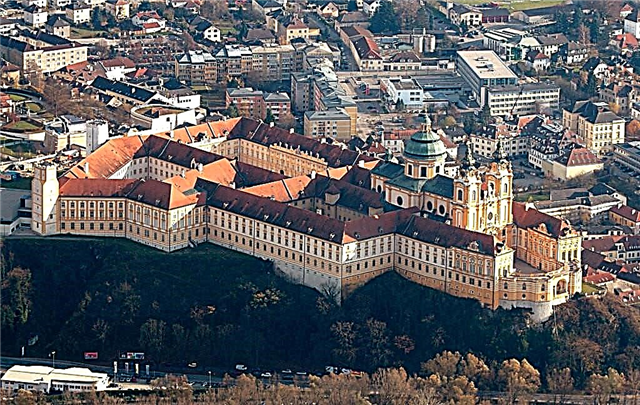On the rocky heights of the southern bank of the Danube, the Benedictine Monastery, which is still in operation, adorns with an impregnable fortress. Its terraces offer scenic views of Melk and the vineyard Wachau Valley.
History
On the lands of present-day Lower Austria, this is almost the best place for military fortifications. Until 976, there was a fortress on this place, which belonged first to the Romans, then to the Slavs and Germans. Until the Margrave of Austria Leopold I of the Baberbeg dynasty seized these lands and chose this building in Melk as his residence. And in 1089, his follower Leopold II gave the palace, filled with various precious objects for the use of Benedictine priests.
[tp_calendar_widget origin = MOW destination = VIE responsive = true subid = ”benediktinskijmonastyr”]

During these more than 900 years, the monastery has undergone many ups and downs. Numerous fires repeatedly destroyed the library and destroyed the walls, but each time, the abbey, like the Phoenix bird, was reborn from the ashes. Plague epidemic, economic difficulties, church schism in the 14th century. In the 16-17th centuries, during the war with Turkey, the monastery was in serious decline.
It got to the point that up to 10 monks lived within its walls. At the beginning of the 19th century, Napoleon established his headquarters in these buildings. During the First World War, the monastery lost some valuable relics, for example, he had to sell the Gutenberg Bible, a rare and valuable edition. The prisoners of the Mauthausen concentration camp were here during the Second World War.

In the 12th century, a school was opened here, the monks expanded the building and made the city a church, spiritual and cultural center. Duke Rudolph IV, who ruled in the 14th century, presented to the abbey an invaluable relic - the inlaid cross of Jesus Christ, which later became the Melk cross.
In the 15th century, the abbey at Melk became the focus of the reform movement, which strengthened monasticism in Austria and southern Germany. In 1742, the construction of the main buildings, decorated in the Baroque style, was finally completed and their restoration after another fire.

In the 20th century, the abbey was equipped with electricity, water supply and sewerage. And, after celebrating its 900th anniversary and a two-year interesting exhibition, attended by over a million guests, it is almost completely open for excursions. Free parking, a restaurant and a souvenir shop have been built, excursions are held from May to October.
Description of the monastery and its territory
The Benedictine monastery covers an area of 17.5 thousand square meters. meters. A large-scale and majestic structure that attracts the attention of a huge number of travelers, lovers of beautiful historical monuments. Several courtyards decorated with arches and sculptures, an elegant fountain. It is noteworthy that initially a fountain with the image of Koloman was installed in the Prelatny Dvor, then it was moved to the Town Hall Square in Melk. And here they put a fountain, which was brought from the closed Waldhausen.

The history of St. Koloman
The history of St. Koloman, patron saint of the city and the whole country. During a pilgrimage to Jerusalem, in the summer of 1012, he was captured, and was mistaken for a military spy, since, originally from Scotland or Ireland, he did not really know German. After terrible torture, he was hanged. The body of the offender was not buried, according to the tradition of those times, but for 1.5 years it did not decompose. The churchmen were interested in these miraculous events, and Koloman was buried with due honors.
In 1014, Margrave Henry I, mostly out of curiosity, opened the crypt and discovered the same imperishable relics. He reburied them in Melk. But the miracles don't end there. The king of Hungary took the relics of the saint from the city, but fearing the natural disasters predicted by the clergy, he returned them. The body returned without the lower jaw, no one knew where it had gone. And in 1752 "miraculously found". And now every year in October it is demonstrated to believers.

Historical Museum
Guests are first advised to visit the Historical Museum, for a better perception of all other attractions. Here you can get acquainted with the theatrical and musical heritage, economics, traditional pedagogical foundations and innovations, antiquities from the time of the Babenbergs, the decoration of the monastery in its miniature copy, the abbot's clothes embroidered with gold. All this in an exceptional setting and many mirrors, making the museum itself a piece of art.

Marble hall
The marble hall, which served as a dining room for imperial families, for ceremonies and receptions, impresses with its decoration. A bright, airy hall, huge windows are separated by columns of pink marble with gold sculptures.
The high vaulted ceiling is decorated with paintings depicting Pallas Athena in a chariot drawn by lions, Hercules killing a three-headed serpent, many angels in the clouds against a blue sky.

Library
The library also has a spectacular ceiling worthy of all praise. But the main source of pride is, of course, books. It contains 16 thousand works, systematized by topic.
An amazingly beautiful spiral staircase with wrought iron railings leads to the upper floor, where the main treasures are kept: 1888 manuscripts, 750 incunabula (books printed before January 1, 1501). Not all of the twelve rooms are open to tourists, but each is worthy of the greatest veneration, not only for the interior decoration, but for the wisdom of the centuries that has been preserved here.

Church of Saints Peter and Paul
One of the most beautiful in Austria. Its graceful interior arrangement is simply dizzy. The painting on the ceiling, red marble columns, gold statues and various ornaments, all this makes you feel the atmosphere of old Europe. Five bells were cast in 1735. One of them, the largest in Lower Austria, weighs 7480kg. Fun fact: Mozart at the age of 11 played the organ in this church when he stopped here on his way back to Vienna from Salzburg.

The monastery impresses with its architecture. All halls, corridors, courtyards amaze tourists with their grace. A walk in the garden will not leave anyone indifferent either. Well-groomed paths between 250-year-old linden trees, benches on which you can rest forever, admiring the unsurpassed scenery.
Before traveling to Austria, do not forget to read interesting facts about this country - only on our website.


